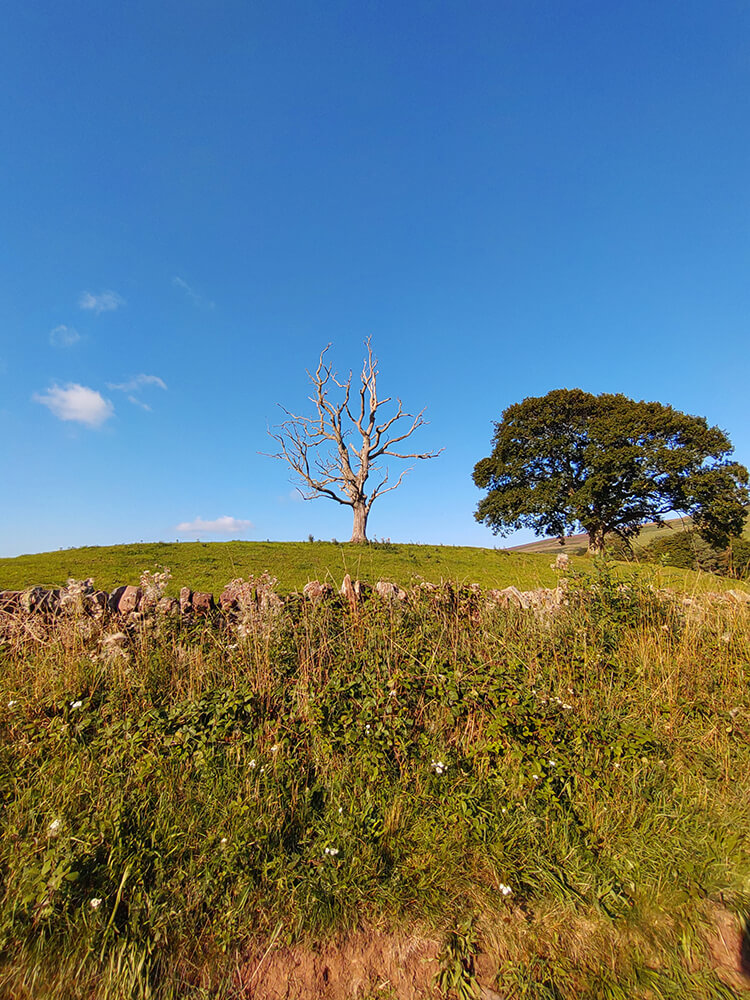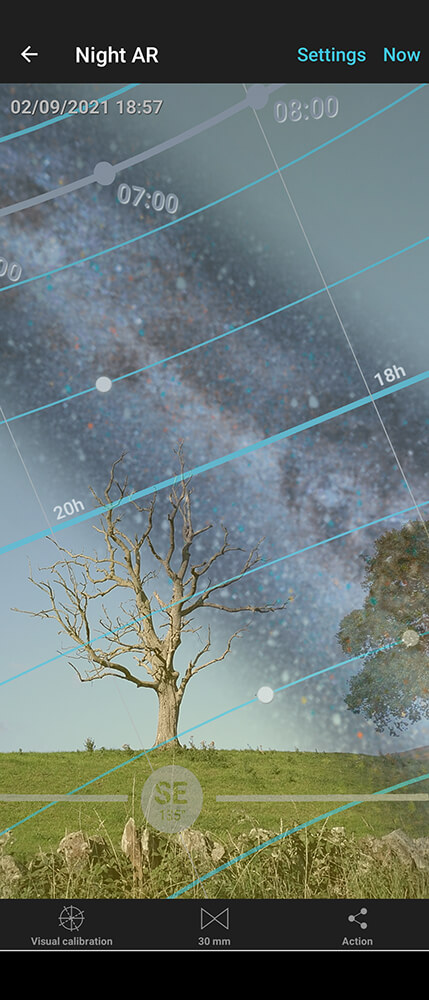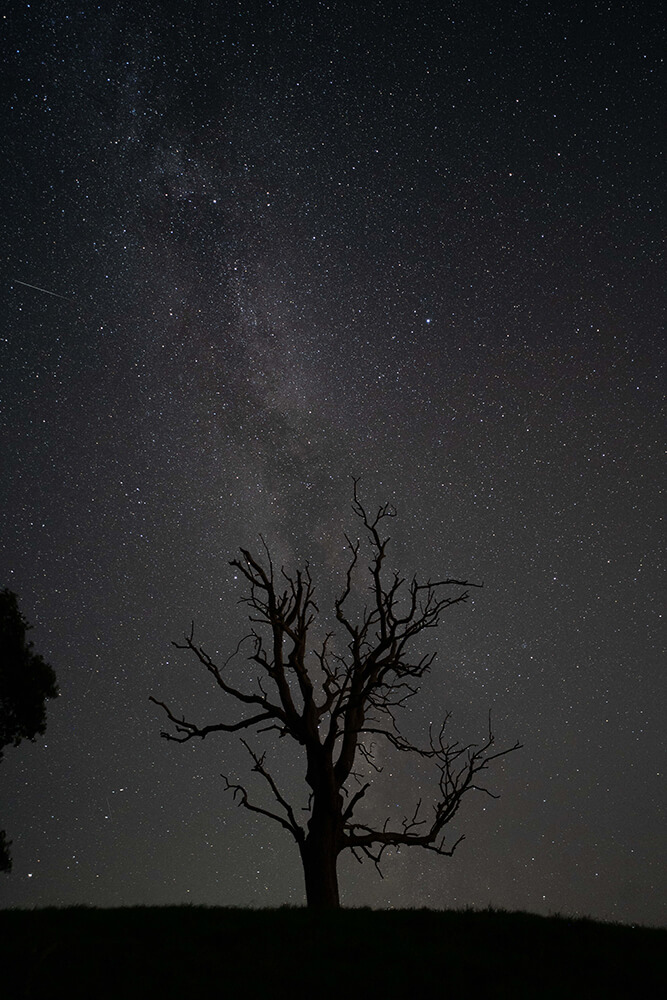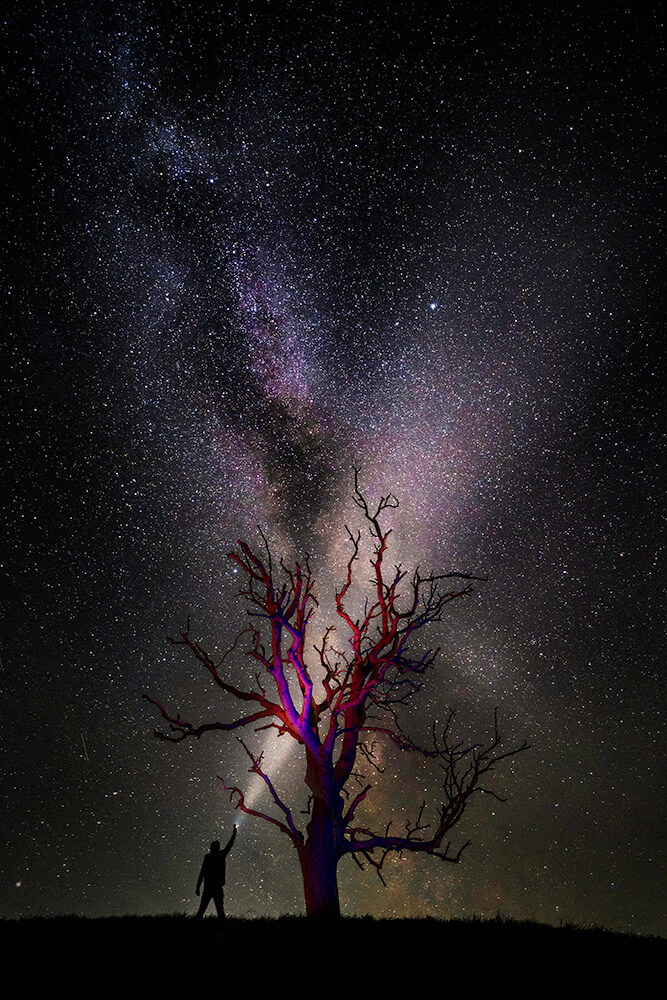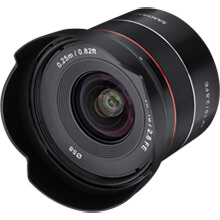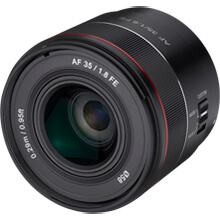
Worth getting up early for: the magic of astrophotography
By Jay Gilmour | Photographer & Filmmaker, jaygilmour.co.uk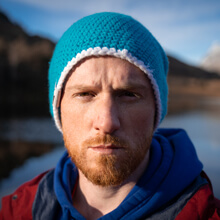
I know, I know, for someone who likes his bed (and has two young children, so 8 hours sleep is a rarity) astrophotography must be hard work. And yes, yes, it is.
Landscape photography is all about sunsets and sunrises. Well, just sunsets really, as sunrises are faaaaar too early (children, again playing a part in this). Maybe a few hours out, enjoying some sunshine, setting up, taking some images, going home, sounds easy, right?
Not with astro! Astro means early starts, or late starts, depending on your outlook on life. It means middle of the night shoots. The best Milky Way season in the UK is when you can see the galactic core, the busy part of the Milky Way which just looks literally out of this world. This is viewable only during the summer months, approximately from late April to late July. So don't try and look for it in November, you just won't find it.
So why do it? Why even bother? Because the payoff is bigger than any landscape shot, better than any wildlife shot, simple because it is 'epic' and yes, I hate using that word.
When it all comes together it really does put a smile on your face. It's rare that a camera can pick out more than our eyes can, and when that image comes on the screen you can't help but get excited about getting home to your computer and editing it. But first things first… let’s talk about planning.
The planning stage is the same as with a sunset shot. You need to consider composition, but you also need to know where what you plan to shoot actually is. I use a mix of Google Earth, and a great little app called PhotoPills.
PhotoPills has a cool augmented reality section so you can work out where the galactic core will be at any given time. As I like to visit my chosen spot during the day to familiarise myself, I can check the app then so I don't leave anything to chance.
Speaking of chance.... what about the weather? Oh, the great British weather! This is the bit we all like to talk about but rarely enjoy. It’s always too hot, too cold, too wet...etc., etc. There are many different apps to check this, personally I don't want a completely clear sky as I think a little bit of cloud adds to the dynamic of the shot. But yes, this is where it usually goes wrong. Leading up to the day I'm always checking multiple sites to make sure it's still ‘go’ for my early start.
Choosing my composition is normally quite simple, and I'm talking about that literally. For me astrophotography is about the night sky, so I don't really want much foreground to distract from that. A lone tree is always a good choice! Who can say no to a cool lone tree? Buttermere, Llyn Padarn, Wanaka, the lone Cyprus... you get the idea. I love them! This gnarly old tree is on our farm so I can set up and not worry about other people but do keep an eye on the neighbours!
My gear is straightforward as well. I shoot with a Sony A73 and, as with most of my landscape shots, I grab the Samyang 18mm f2.8 AF first. This little guy is my workhorse for landscapes and astro. The wide focal length picks up loads of the Milky Way, f2.8 is just perfect to pick up the light and, if I do go hiking for a shot, it only weighs 145 grams, which is incredible! It does have great autofocus, but I don't use autofocus for Astro, so I change all of my settings to manual. I will also take my Samyang 35mm f1.8 AF, as having a different focal length gives me options, not to mention that awesome f1.8 lets loads more light in!
The shot itself is the easy part - as with anything in life, good planning lays the foundation! I normally take two shots, one for the foreground and one for the Milky Way and background. The latter I always take first, more out of habit than anything else. I will have already checked with PhotoPills for my settings. It’s likely to be a maximum exposure time of 15 seconds with aperture at f2.8 to let in as much light as possible. Setting the ISO will be trial and error but I like to start at ISO 1600 and work up. The more difficult part is focusing. Autofocus doesn't work – it’s too dark! - so I use my LCD screen to zoom in on a bright star and manually focus on that. Again, this is sometimes a bit trial and error, but is easily enough changed if it's not quite right.
My foreground I leave until last because this is where you can get creative. I will refocus on the foreground and my tree first and take a test shot to make sure it's sharp. Then I take a 'standard' shot - just the tree looking all moody and cool. Next comes some light painting, and for this I have a cheap eBay RGB light. I set it to slightly blue, to contrast with the orange haze from the distant light pollution. Then I put a 10 second delay on my shutter to allow me to run to the tree to light-paint. The trick is to keep the light moving so you don't have any hot spots. This normally takes me a few attempts - each time I'll have a look at the outcome, then try again. I can always add a few of these in post if needed.
For people who do astrophotography who are after absolute ‘wow’ shots, this method is a relatively easy way to capture the Milky Way. For that smack-in-the-face-oh-sh#t-that's-awesome pic you will need more specialist equipment. A star tracker allows you to do longer exposures to gather more light without worrying about the movement of the earth that will blur the stars. Then you will need to take a number of shots, including 'dark' shots, but that’s something for another day.
So, all the shooting is done, now for editing part. This is where the magic happens, as they say. Contrast and dehaze are your friends here, probably the easiest way to make things 'pop.' Then some simple masking or layer blending modes. But editing is a whole different kettle of fish that we can get into some other time...
For more information please contact our Sales Desk:
+44 (0)1457 851000 | sales@holdan.co.uk.
11 Apr 2024
YoloLiv Instream Installed at the TikTok Korea Headquarters
03 Apr 2024
Atomos In the Clouds: Redefining Video Production Efficiency
27 Mar 2024
NDI and IP-enabled workflows from Panasonic
27 Mar 2024
Mastering Post-Production: DaVinci Resolve’s AI Innovations for Content Creators
